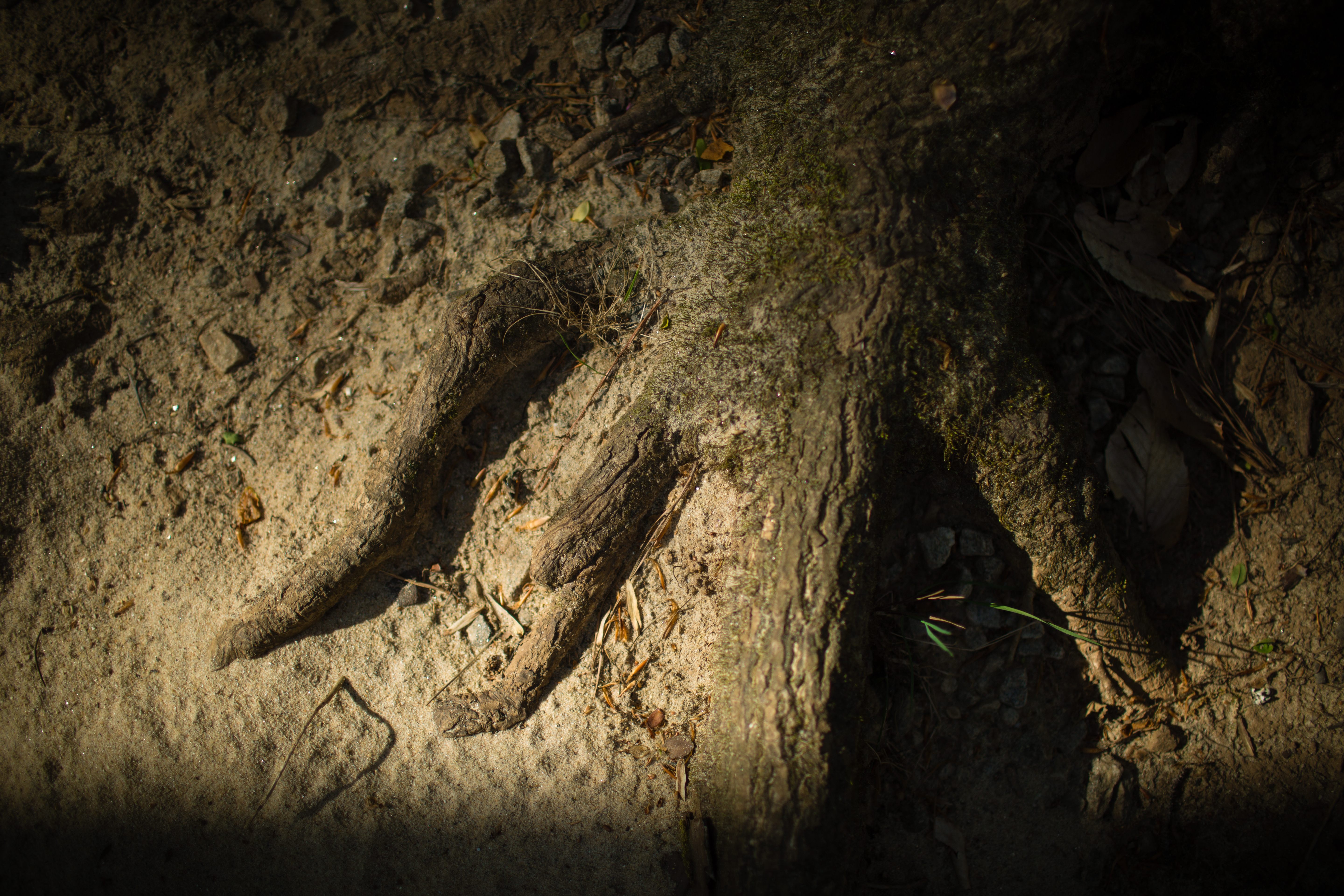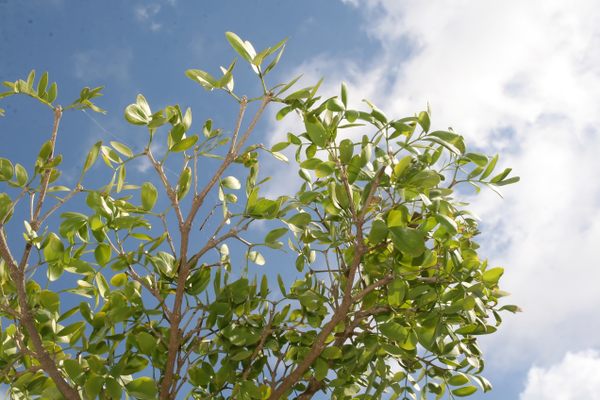How Civil War Plant Remedies Could Improve Modern Medicine
An old medical botanical guide offers new avenues for research.

An 1863 text called Resources of the Southern Fields and Forests by Francis Porcher, a botanist and surgeon from South Carolina, was a compendium of plants known to have medicinal properties, and a guide to how they should be applied. Much of Porcher’s research was culled from longstanding healing traditions used by Native American and enslaved African communities, so it is perhaps ironic that his book was commissioned by the Confederacy and used to treat wounds during the Civil War. Recently, scientists at Emory University have studied three of the species—widely found across the South— described in the book to assess whether they would have been successful in the treatment of wounded soldiers, and how they might be incorporated in modern medicine.
During the Civil War, soldiers suffered from fever, blood poisoning, and “mortification of the flesh,” a poetic way of describing infected, necrotic wounds. At the time, amputation was the obvious (and most advanced) solution to prevent death from a battle wound. Samuel Moore, the Confederate Surgeon General, created a document called “Standard supply table of the indigenous remedies for field service and the sick in general hospitals” to cut down on the rate of amputations and draw upon the natural healing properties of plants. Moore’s 10-page document drew heavily upon Porcher’s more exhaustive work.


“They would use these plants to create tinctures and syrups that would be taken orally or used as topical therapies,” says Cassandra Quave, senior author of the paper, from Emory’s Center for the Study of Human Health. The most compelling part of Porcher’s compendium, she says, is that “it provided a great case study [for what] people do when they’re cut off from other sources of medicine … how do we move forward when we don’t have access to medicine or [it] no longer functions?” Quave is an ethnobotanist who studies the ways people use plants—particularly historical use as remedies. “We rely on historical texts and we also look at traditions of people practicing herbal medicine,” she says. For this study, Quave’s lab focused on three plants—white oak, the tulip poplar, and the devil’s walking stick, all found growing in Lullwater Preserve on the Emory campus in Atlanta. Turns out there was something to the traditional wisdom, after all.
“The first thing that we did after creating these extracts and turning them into tonics was we tested them to see if they inhibited the growth of these wound-associated bacteria,” Quave explains, and in particular, multi-drug-resistant strains of the bacteria Acinetobacter baumannii, Staphylococcus aureus, and Klebsiella pneumoniae. Researchers discovered that these three plant varieties prevented the process that allows the bacteria to stick to wound tissue, and disrupted the chemical signaling that results in the release of toxins. Though the three species have different chemical makeups and are not botanically related, they all had the same effect on wound-hungry bacteria.
Though white oak, tulip poplar, and devil’s walking stick are all found in abundance in Southern forests, they can be found up and down the East Coast, from Florida to Maine and even into Canada. “This idea that plants can serve as a resource for the discovery of drugs really isn’t a new concept,” Quave says. “It’s something that’s led to the development of many of our modern medicines.” The team is now thinking about how these natural remedies might become part of a modern medical arsenal: hydragels, ointments, rinses, or medicated bandages, maybe. Says Quave, “We’re taking another look at nature and at human traditions of using plants as medicine in our search for novel compounds.”





























Follow us on Twitter to get the latest on the world's hidden wonders.
Like us on Facebook to get the latest on the world's hidden wonders.
Follow us on Twitter Like us on Facebook